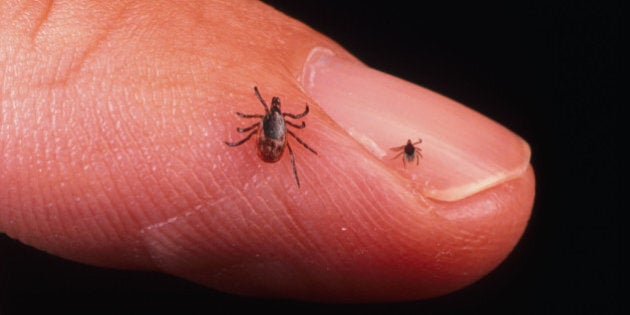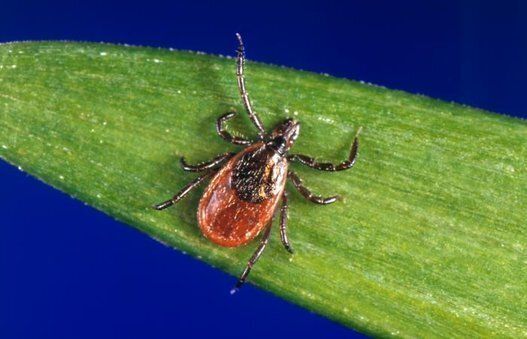
The rise of Lyme disease has been in a word, dramatic. In just a few years, the illness has gone from obscurity to a national public health concern. The condition has gained even more attention as it has struck celebrities such as Avril Lavigne, Alec Baldwin, and Ashley Olsen, leaving them with debilitating symptoms.
The illness is caused by a bacterium, Borrelia burgdorferi. Under the microscope, it looks like a relatively harmless spiral entity. But once it is introduced into the blood, it can quickly find a home anywhere in the body and cause a variety of symptoms. In the short term, a person experiences fever, fatigue, stiff neck, and arthritis. Usually, this can be treated with antibiotics and the illness disappears.
But some people endure a long lasting condition known as post-treatment Lyme disease. This can persist for years with symptoms spreading to the nervous and cardiac systems. The actual cause has yet to be fully identified yet for those who suffer this point is secondary to the need for treatment and management.
The best way to avoid Lyme disease is to prevent it from getting into the body. This can be much harder than it sounds as the primary route of infection is the tick. In Canada, the primary species is the deer tick, Ixodes scapularis. It can be found in many regions of the country although they have not been found in the far north. It's primarily due to the fact ticks do not do particularly well in winter conditions.
But the range of the disease is growing, thanks in part to climate change. Warmer winters may not bring the lasting cold temperatures necessary to kill off the tick population to levels where the disease cannot threaten us. As the ticks survive, so does the bacterium. Mathematical models have suggested by the 2020s, the northernmost area for tick survival could be the middle of the Prairies with the Arctic becoming infested by the 2080s.
However, that timeline may need reconsideration thanks in part to a new study coming out of Norway last week. The team of researchers wanted to see if they could already find ticks in the far north and whether the insects would be carrying bacteria. What they found suggested there may be more reason to worry and also to make sure to be safe when in the bush.
The group looked at a region of Norway close to the Arctic Circle near the city of Brønnøy. It once had a relatively cool climate with an average temperature of around three degrees Celsius. But in the last decade the number had risen significantly to almost seven degrees. In that time, the number of reports of ticks on dogs and humans and associated reports of Lyme infection had also increased. For the study, this was the perfect place to look.
They group ventured out into the wild and looked for another species than the deer tick. In this case, they were looking for Ixodes ricinus, the wood tick. They searched amid the birch and willow trees and the blueberry, juniper and bilberry bushes. They looked only for ticks searching for food, a practice called questing. To be sure the data was sound they performed this activity twice in both 2011 and 2012.
The team collected well over 600 in the course of two annual summer seasons. The ticks were kept in ice until they could be taken back to the lab. Once there, they were checked for any sign of Borrelia burgdorferi.
The results were surprising as the bacteria could be found in anywhere from 20 to 50 percent of the insects. On average, this mean one in every three ticks had the bacterium. This was not good news. Not only had the ticks managed to survive the conditions of the Arctic area, but they had allowed the bacteria to come with them.
The straightforward data led to some pretty harsh conclusions. Ticks were in the North and they were capable of causing Lyme disease. Although the team was unable to conclusively link the rise to climate change, there was little doubt the rise in average temperatures had a role.
For us in Canada, the results should be an early warning sign of things to come. As average temperatures rise, so will the risk. This means the timeline for spread could be shorter and Lyme disease may be coming to a wilderness near you.
This also means unless there is an all clear with respect to ticks, whenever you decide to head out into the bush, make sure to wear long clothing and to always perform a self-check for any signs of ticks. It may take a little more effort and time, but in consideration of the potential long term effects of Lyme disease, it's well worth it.
MORE ON HUFFPOST:
